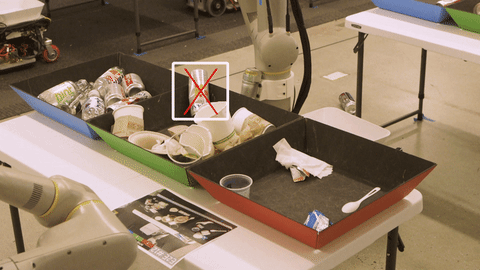November 23, 2019 – There are robots of every shape and kind these days. You can find them on factory floors, in warehouse operations, supermarkets, hospitals, and homes. We have a robot vacuum cleaner in our house which gets set to task upon occasion. But it has limitations that require a degree of human supervision. And it only does one thing – great on cleaning floors, but problematic when placed on different types of carpets. It can’t do anything else which limits its utility.
Alphabet’s Moonshot Factory set out with a goal to build a robot that could do whatever people need to be done including unanticipated tasks not yet conceived. The robot would be capable of integrating a variety of hardware and be able to upload new software as needed. It would be flexible, adaptable, and helpful eventually capable of learning to help anyone, anytime.
Called the Everyday Robot it safely operates in unstructured, human environments adapting to constant change. In a home, the robot would be able to navigate throughout even if old furniture is moved, or new furniture added. This is not a trivial task for artificial intelligent-driven autonomous machines. Making sense of the spaces in which humans live and work, and learning to adapt to unexpected changes requires the developing of new machine intelligence.
How would the Everyday Robot learn?
- From human demonstration.
- From simulations in virtual environments.
- From watching videos and exploring the Internet to find solutions.
The first test robots have been learning by sorting trash. Pillar-like with an articulating arm and stereo camera vision, thirty of these robots are spending daytime hours in the presence of humans learning what in trash is recyclable, and compostable, and picking these items out. And when the human handlers go home at night, the robots learn by practicing in a virtual environment. The two experiences are then combined into one and results are uploaded through system updates. The results so far have the robots getting it right 95% of the time versus humans who on average achieve 80%.









